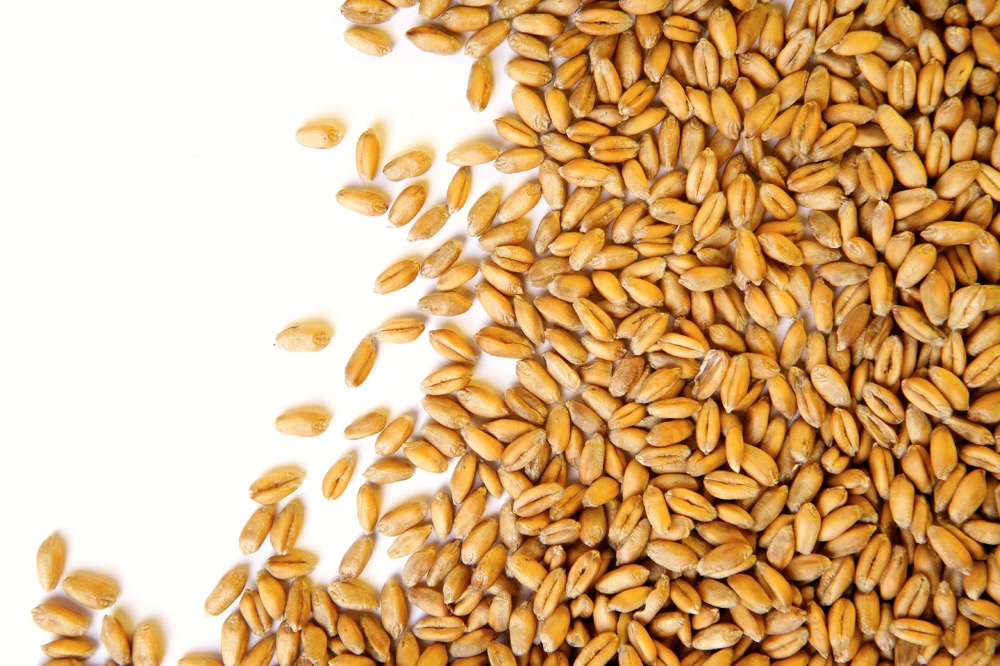Chicago | Reuters — Chicago soybeans and corn climbed on Monday after a U.S. farm survey predicted smaller crop production than government forecasts due to hot, dry conditions across the U.S. Midwest.
Wheat dipped on weak demand for U.S. crops, coupled with competition from cheap Russian supplies.
Chicago Board of Trade most-active soybeans gained 18 cents, to $14.05-3/4 a bushel, after reaching $14.09-1/2, its highest since July 27 (all figures US$).
CBOT corn added 8-1/4 cents, to $4.96-1/4 a bushel, while CBOT wheat eased 4-3/4 cents to end at $6.17 a bushel.
Read Also

IGC raises 2025/26 world wheat crop forecast
The International Grains Council has raised its forecast for 2025/26 global wheat production with crop outlooks upgraded for Russia, the United States and Argentina.
U.S. 2023 soybean production could total 4.11 billion bushels, advisory service Pro Farmer said after Friday’s market close, below the 4.205 billion bushels forecast by the U.S. Department of Agriculture (USDA).
“I don’t think people were expecting to see that friendly of a number,” said Kristi Van Ahn-Kjeseth, chief operating officer at consulting firm Van Ahn and Company. “You were seeing some yields that were better than anticipated through the states.”
Pro Farmer predicted the U.S. corn crop to be 14.96 billion bushels, below USDA’s most recent estimate of 15.111 billion bushels.
Hot, dry conditions have eroded yield potential, with USDA reporting the U.S. soybean crop as 58 per cent good-to-excellent as of Aug. 27, down one percentage point from a week earlier but above the average 56 per cent predicted in a Reuters survey of analysts.
Corn conditions dropped two percentage points to 56 per cent good-to-excellent versus analysts average of 55 per cent, while spring wheat dropped to 37 per cent good-to-excellent, matching average analyst predictions.
Corn futures have been weighed down by muted export demand, despite recent daily sales notices.
Corn export inspections for the week ended Aug. 24 reached 597,144 metric tonnes, 16.96 per cent higher than the week prior, but down 14.67 per cent from the same week in 2022.
Soybean export inspections reached 322,149 tonnes, down 36.81 per cent from the same week last year, while wheat export inspections of 390,364 tonnes were down 38.17 per cent year over year.
Wheat’s decline could encourage export activity, but amid strong global supplies, U.S. wheat has struggled to attract buyers.
“We’re just looking at a very weak wheat export program,” said Brian Basting, commodity research analyst at Advance Trading. “We are on the outside looking in, as far as exports.”
Russia is estimated to export 5.1 million tonnes of wheat in August, up from 3.5 million a year earlier, Sovecon agriculture consultancy said.
— Reporting for Reuters by Christopher Walljasper in Chicago; additional reporting by Michael Hogan.












